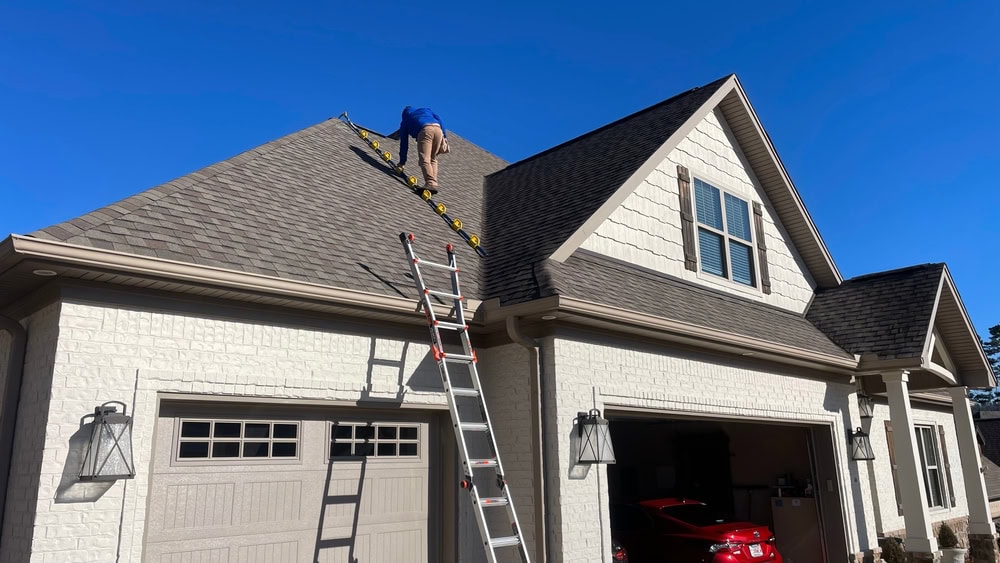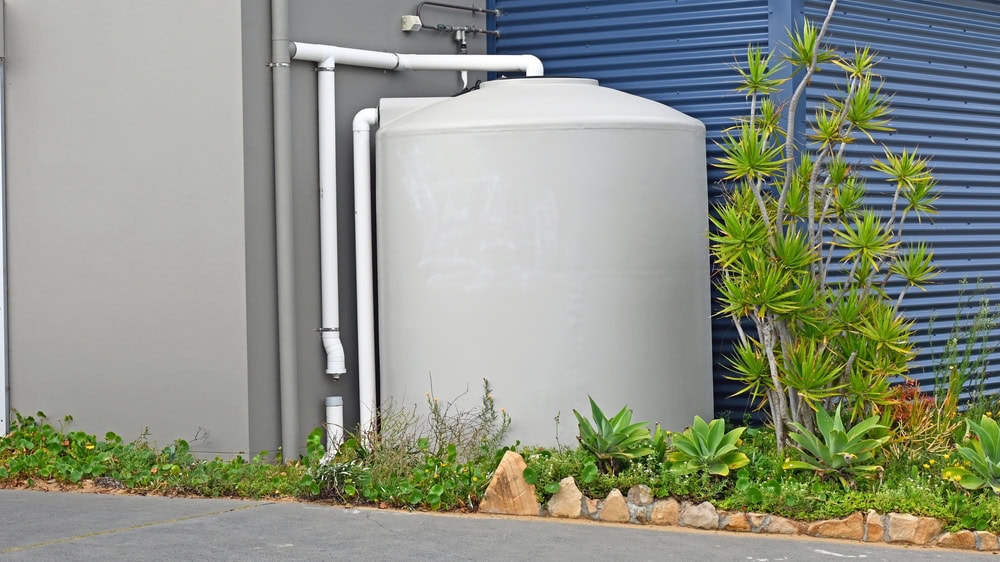The Crucial Role of Estimating in Construction: How It Can Make or Break a Project
In the construction industry, precision is key. From laying the foundation to placing the final touches, every step requires meticulous planning and execution. However, before any of this can happen, a critical process must take place: cost estimating. Accurate construction estimating is not just a preliminary step; it is the backbone of a successful project. … Read more










